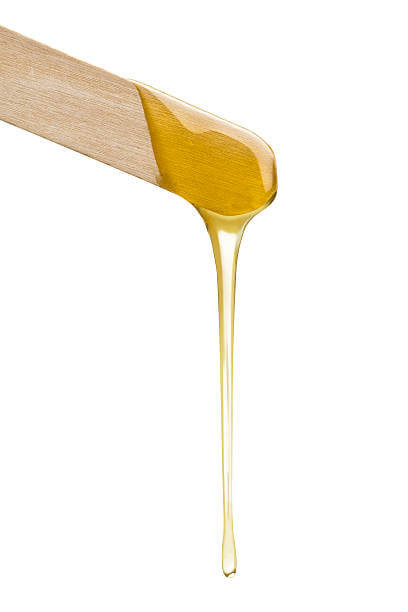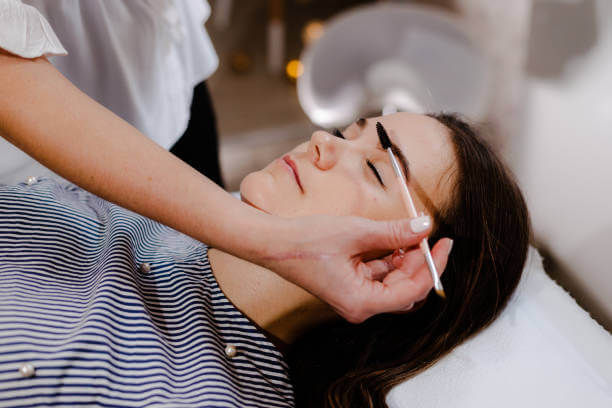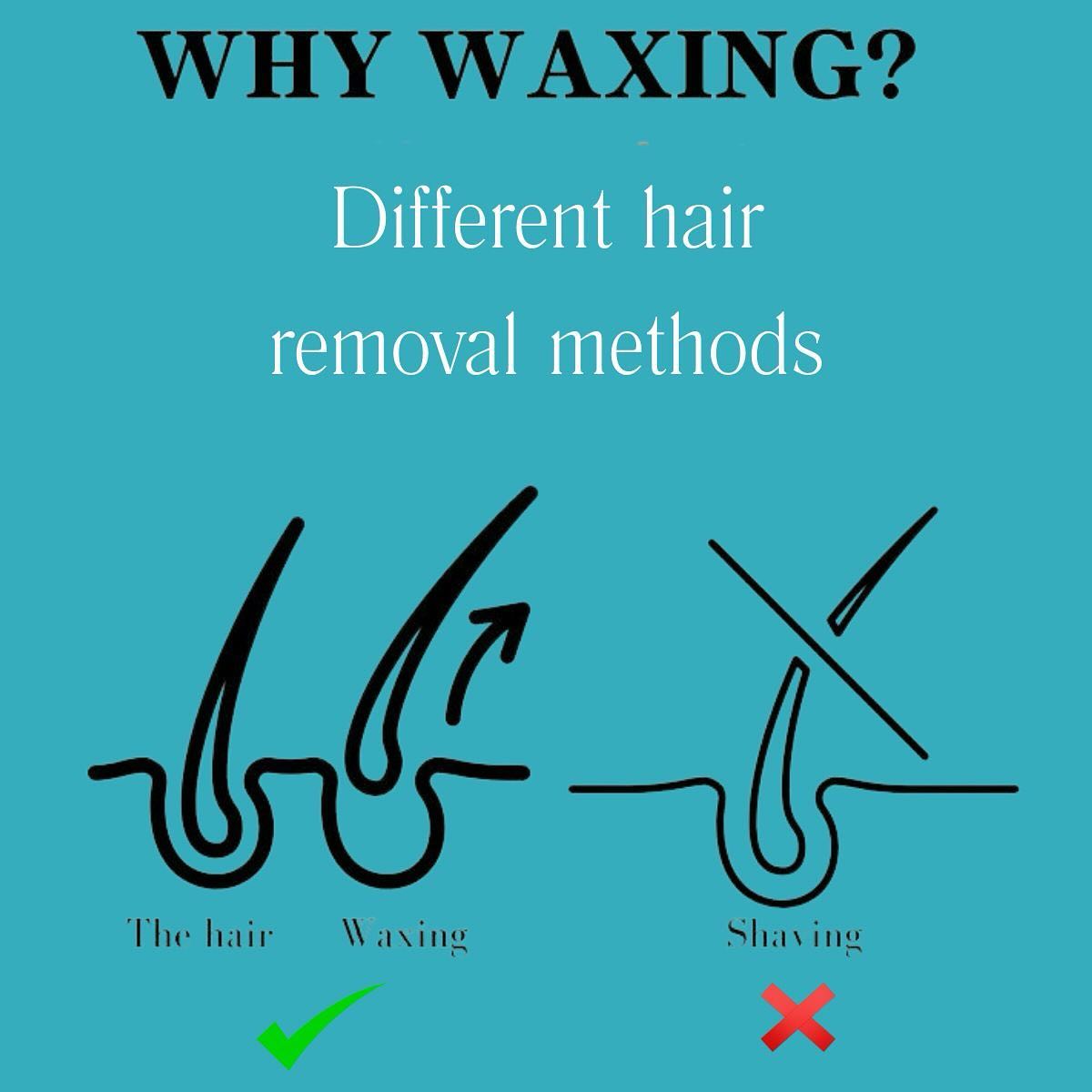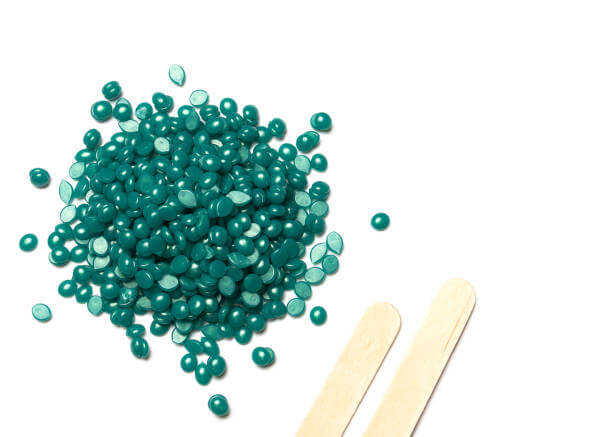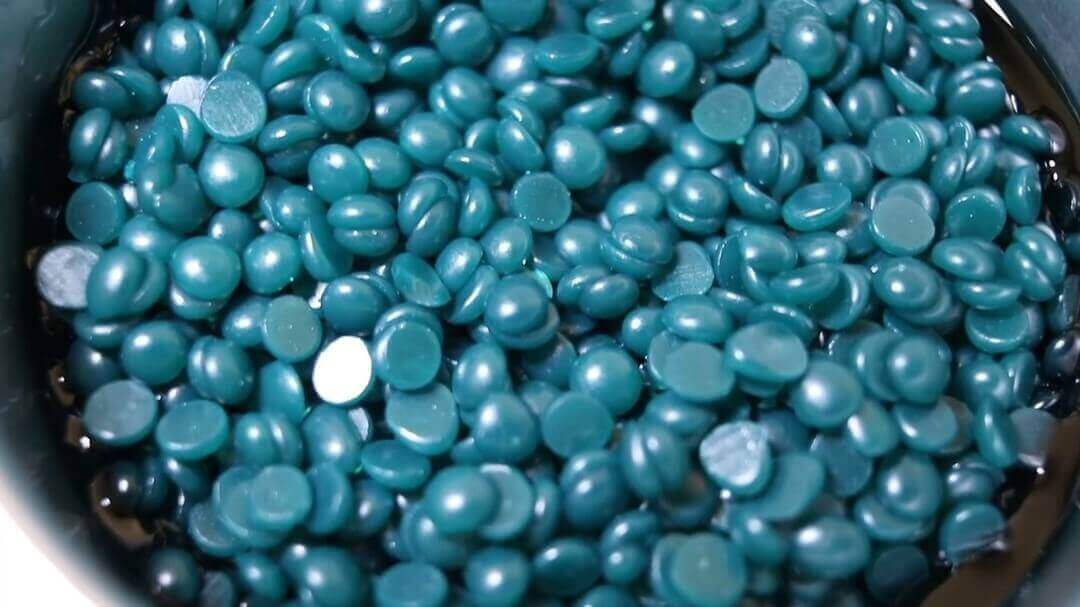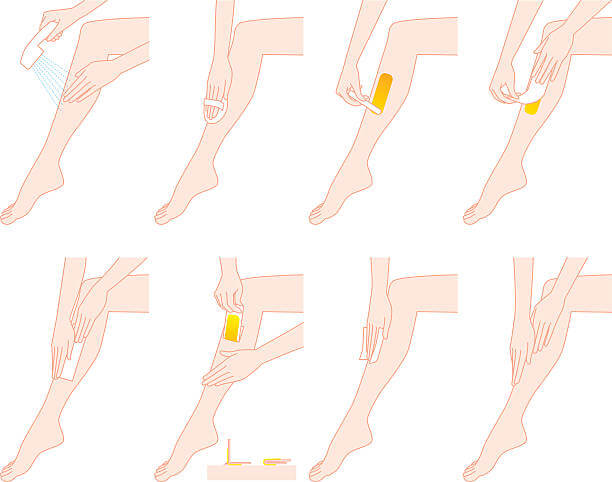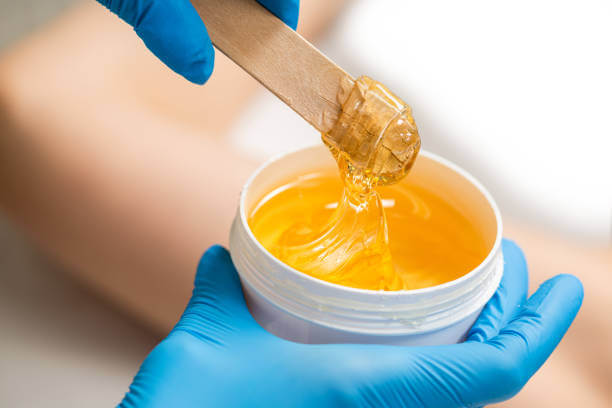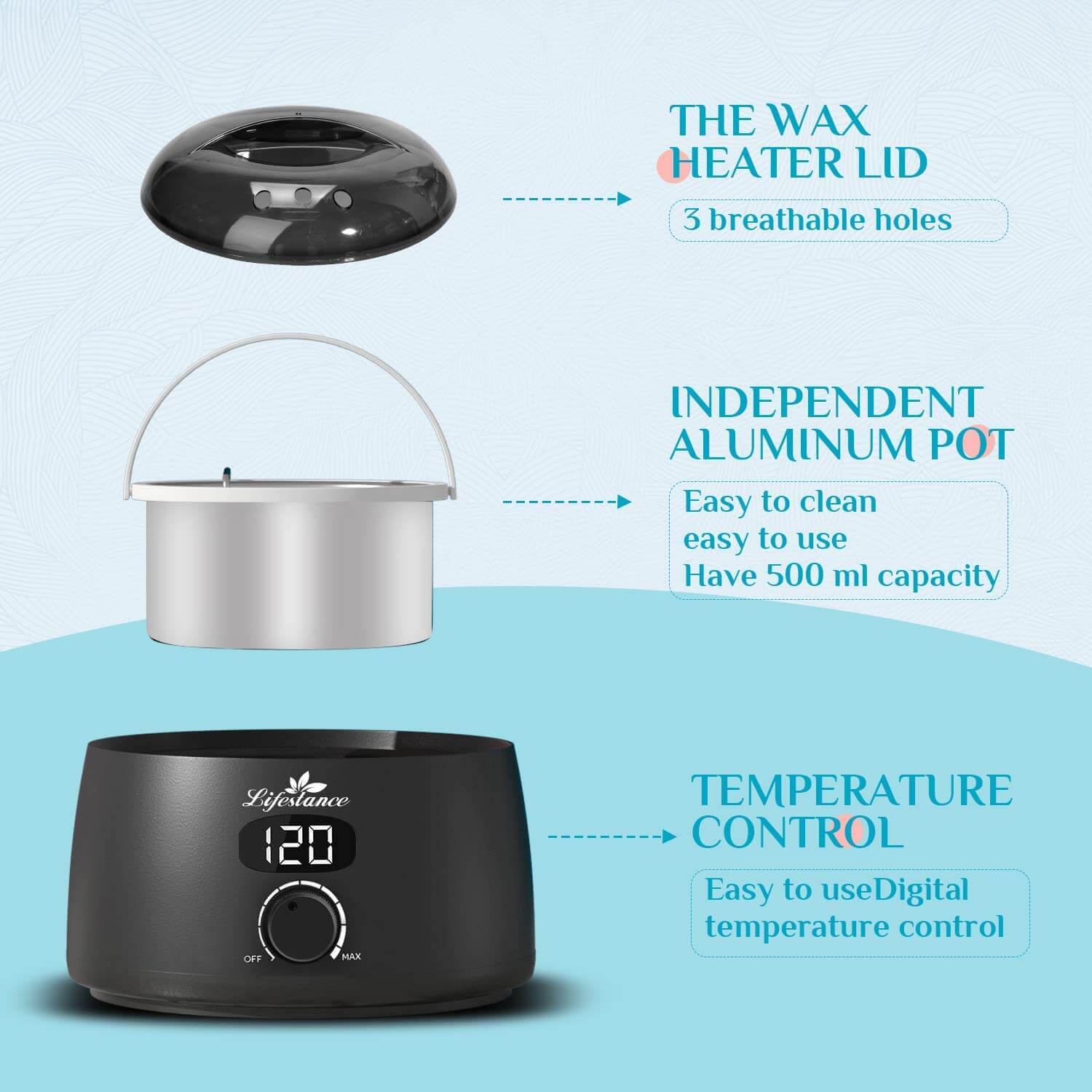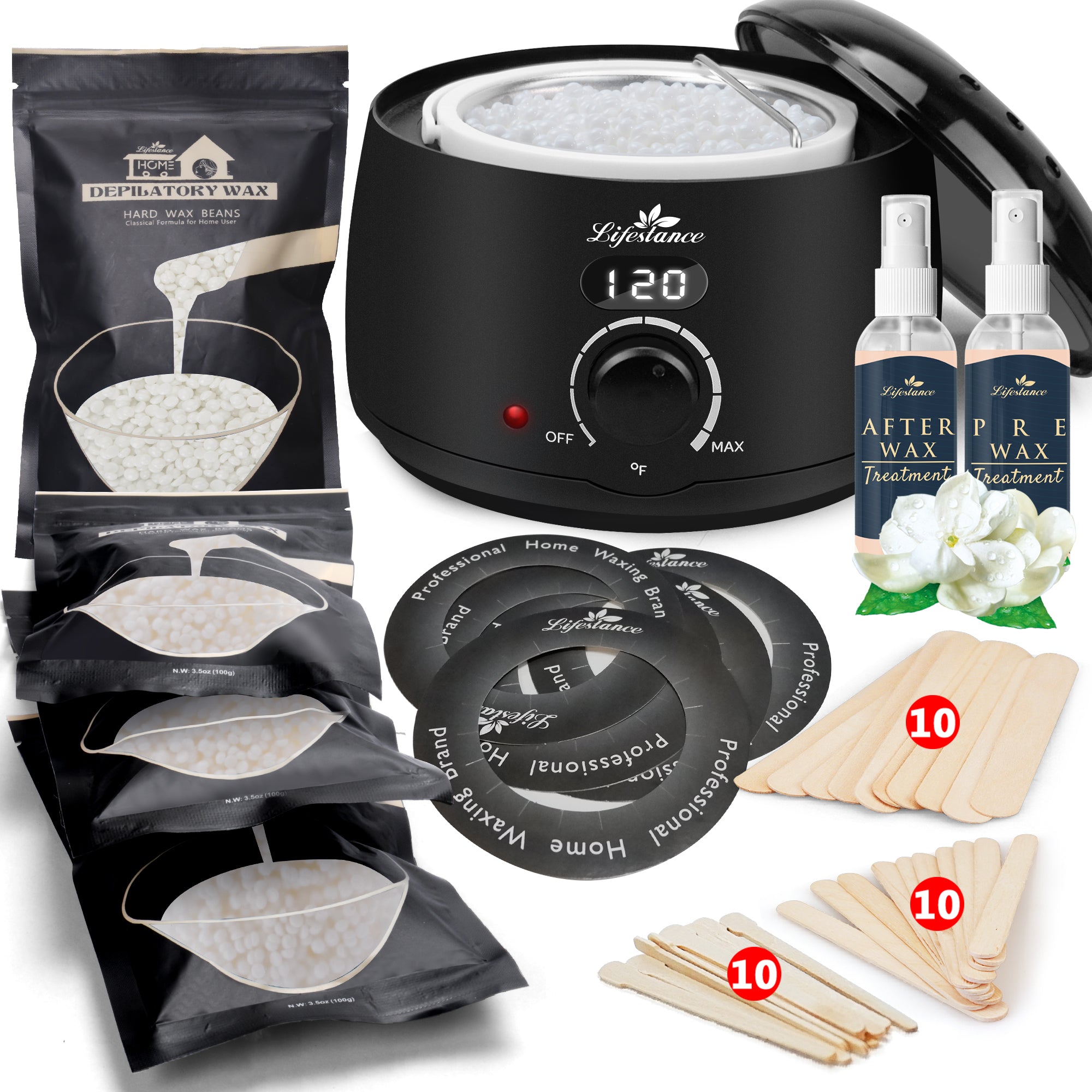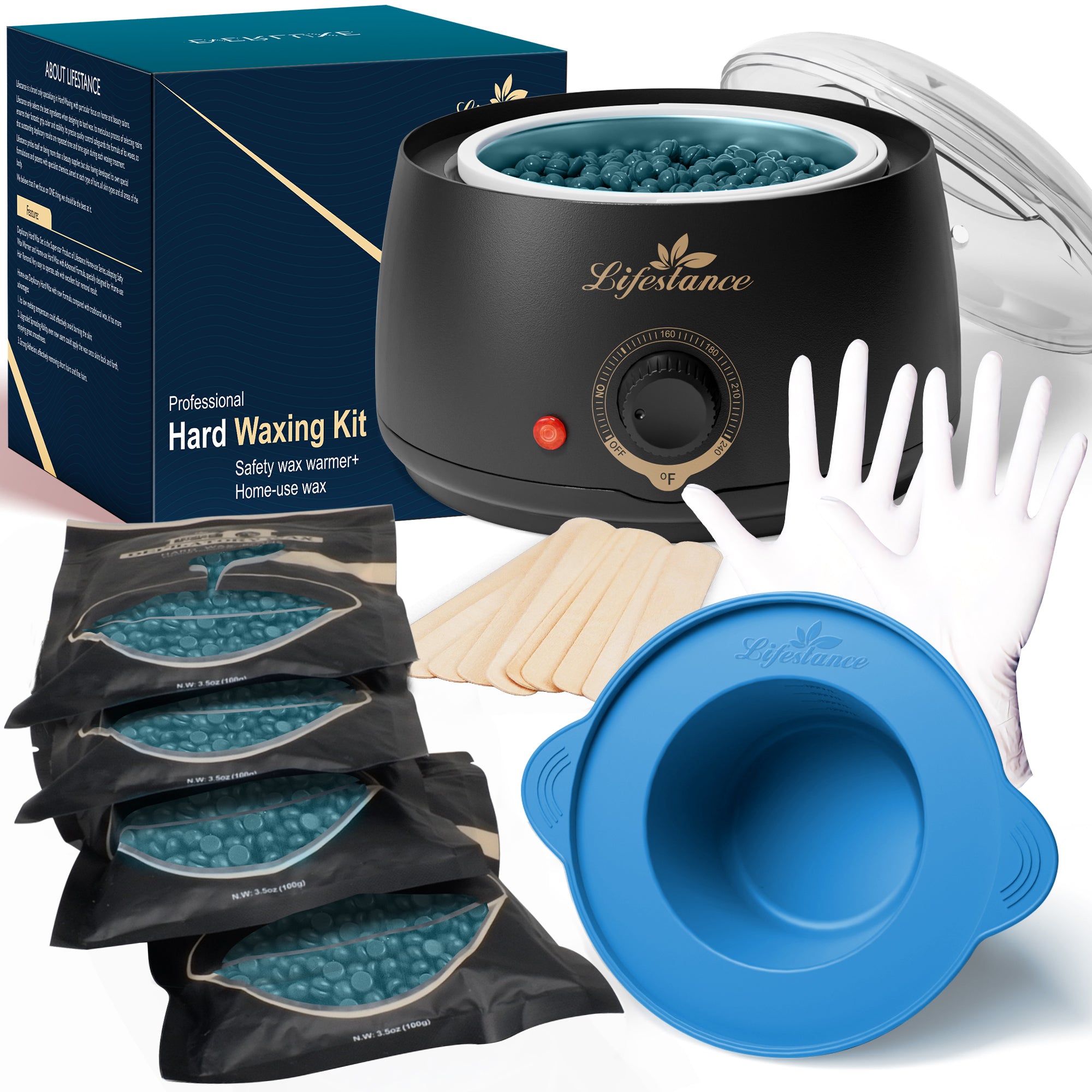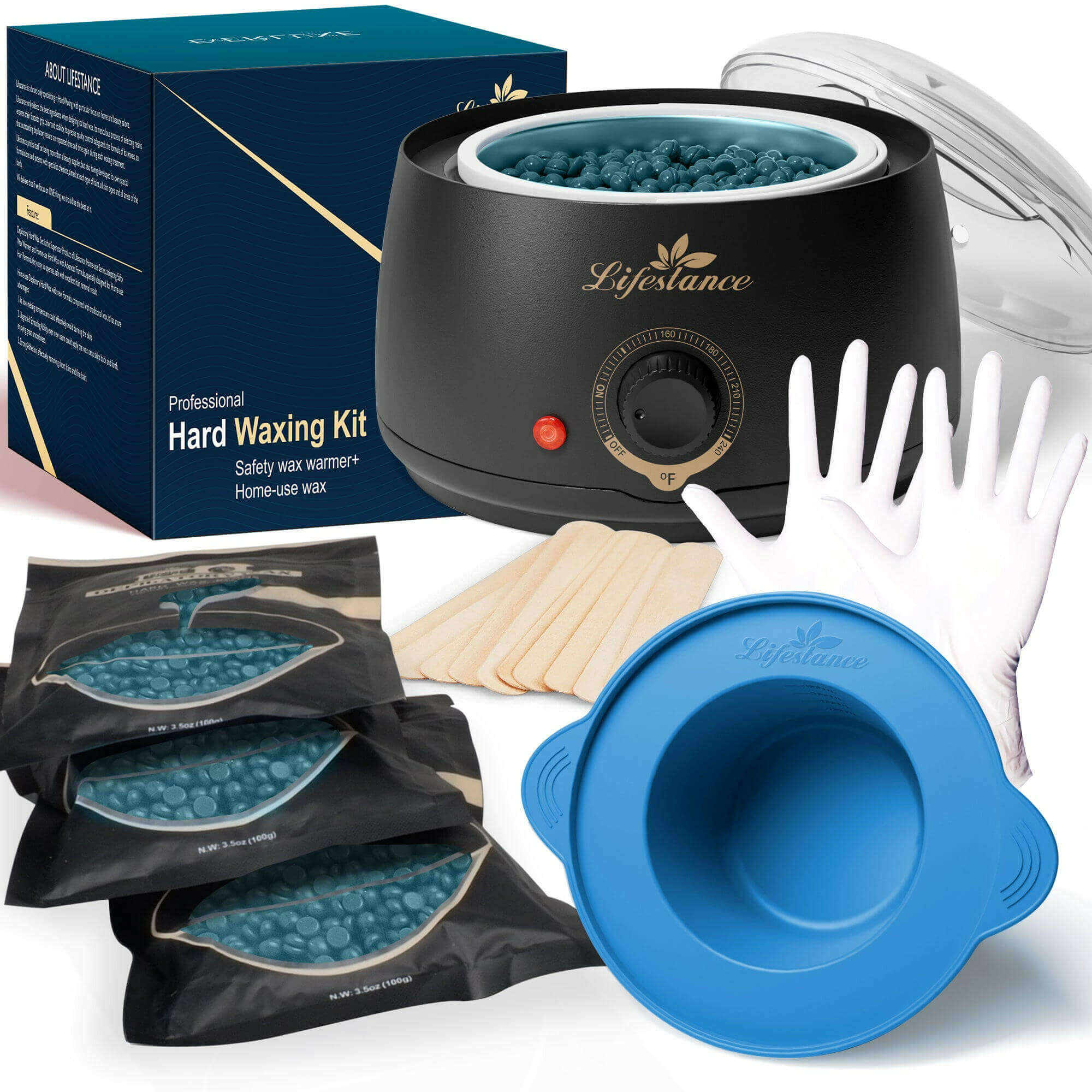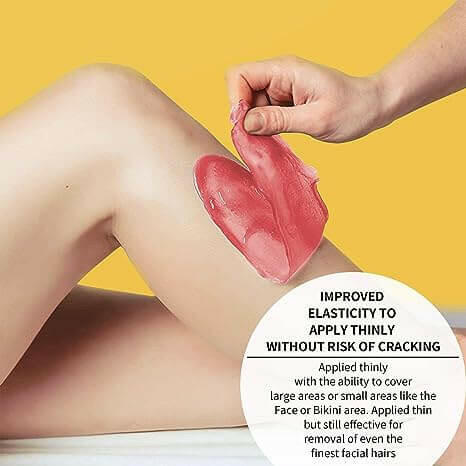
HOW TO WAX SENSITIVE SKIN
Waxing is a popular and effective method for hair removal, but for those with sensitive skin, it can be a daunting task. Sensitive skin is more prone to irritation, redness, and discomfort during and after the waxing process. However, with the right techniques and precautions, you can achieve smooth, hair-free skin without compromising your skin's health.

Prepare Your Skin
Before waxing, it's essential to prepare your skin properly. Exfoliate the area a day or two before your waxing appointment to remove dead skin cells and prevent ingrown hairs. Avoid using harsh scrubs or products that may irritate your sensitive skin. Instead, opt for gentle exfoliators or a soft washcloth.Choose the Right Wax
Not all waxes are created equal, especially when it comes to sensitive skin. Look for waxes specifically formulated for sensitive skin types. These waxes often contain soothing ingredients like aloe vera, chamomile, or azulene, which can help calm and nourish the skin during the waxing process.Test for Allergies
Before your waxing session, perform a patch test to ensure you're not allergic to the wax or any of its ingredients. Apply a small amount of wax to a discreet area, such as the inside of your arm, and wait 24-48 hours to check for any adverse reactions.Take Precautions
To minimize discomfort and irritation, consider taking an over-the-counter pain reliever like ibuprofen or acetaminophen about 30 minutes before your waxing appointment. This can help reduce inflammation and discomfort during the process.Proper Technique
Ensure that your waxing technician uses proper technique when waxing sensitive skin areas. The wax should be applied in the direction of hair growth and removed in the opposite direction with a quick, firm motion. Avoid going over the same area multiple times, as this can cause unnecessary irritation.After-Care
After your waxing session, it's crucial to care for your sensitive skin properly. Avoid exposing the waxed area to direct sunlight or harsh chemicals for at least 24 hours. Apply a soothing, fragrance-free moisturizer to the waxed area to help calm and hydrate the skin.By following these tips, you can enjoy the benefits of waxing while minimizing the risk of irritation and discomfort for your sensitive skin. Remember, it’s best to consult with Lifestance’s professional hair removal technicians who have experience with sensitive skin types and we’ll be able to help you get your waxing done very well

some common causes of ingrown hairs when waxing sensitive skin
- Not properly exfoliating before waxing- Exfoliating helps remove dead skin cells that can trap hair under the skin and cause ingrowths.
- Improper waxing technique - Waxing against the direction of hair growth or going over the same area multiple times can cause hairs to re-enter the skin improperly.
- Cutting hair too close to the skin - This creates sharp tips that can pierce back into the skin as the hair grows out.
- Clogged hair follicles - Dead skin, dirt, or debris clogging the follicle can force the new hair to grow sideways under the skin.
- Friction from tight clothing - Friction can cause the hair tip to re-enter and get trapped under the skin.
- Not following proper after-care - Not using recommended post-wax products or exfoliating a few days later increases ingrown hair risk.
- Individual hair texture - Those with coarse, curly hair are more prone to ingrown hairs from waxing.
Properly prepping sensitive skin, using the right waxing technique, and following post-wax care instructions can help minimize ingrown hairs when waxing.
some common symptoms of ingrown hairs after waxing sensitive skin
- Bumpy, raised red bumps or blisters on the skin
- Skin discoloration or darkening around the bumps
- Inflammation, swelling or redness around the ingrown hair
- Itchiness or irritation in the affected area
- Pain, tenderness or a warm sensation around the ingrown hair
- Pus-filled bumps indicating infection
Ingrown hairs commonly occur in areas where hair is coarse or curly and hair removal is frequent, such as the face, underarms, bikini area and legs. Those with sensitive skin may be more prone to irritation and ingrown hair symptoms after waxing.The search results emphasize that ingrown hairs can lead to further complications like infection if not treated properly. Seeking medical attention is recommended if symptoms persist or worsen, such as increasing pain, swelling or fever.Proper pre- and post-waxing care, along with using the right waxing techniques, can help minimize the risk and symptoms of ingrown hairs, especially for those with sensitive skin.
how long does it take for ingrown hairs to heal after waxing sensitive skin
The typical healing time for ingrown hairs after waxing sensitive skin can vary, but generally falls within the following timeframes:1-2 Weeks
Several sources indicate that minor ingrown hairs on sensitive skin will usually heal and clear up within 1-2 weeks with proper care. This assumes no infection has occurred.2-4 Weeks
For more severe or infected ingrown hairs, it may take 2-4 weeks for them to fully heal and the inflammation/irritation to subside, even with treatment. Infected ingrowns require more aggressive treatment like antibiotics.The search results emphasize that the healing process can be prolonged if the ingrown hair area is repeatedly irritated, scratched, or not properly cared for. Allowing the skin to recover without disturbance is important.To promote faster healing, the recommended steps include:
- Stopping hair removal in that area temporarily
- Using warm compresses to help release the ingrown hair
- Gently exfoliating a few days after waxing
- Applying over-the-counter hydrocortisone cream
- Keeping the area clean and using an antiseptic
With proper care and patience, most sources suggest ingrown hairs on sensitive skin should be fully healed within 2-4 weeks after waxing. However, seeking medical attention is advised if symptoms persist beyond that or worsen significantly.
CONTINUE READING
Waxing Product
Why Choose Us
At Lifestance, we understand that everyone's hair removal needs are unique. That's why we offer a wide range of professional waxing kits to ensure that different skin types, body hair types and budgets are catered for. Whether you are a seasoned beauty professional or a first-time self-service waxer, we are committed to providing you with an exceptional product and service experience.
Safety and ComfortOur waxing products are made with natural and gentle formulas that have passed rigorous testing and certification to ensure that skin irritation is minimized. At the same time, our patented heating technology allows for precise temperature control, so you can enjoy a comfortable waxing experience.
Professional Quality Convenient and PracticalWhether you're a licensed esthetician or a homeowner, Lifestance has you covered. Our kits contain everything you need and are so easy to use that even beginners can master them. The quality of our products is outstanding, ensuring smooth, flawless skin.
Innovative ideas and serviceWe are constantly developing innovative technologies and formulas to provide our customers with an unprecedented hair removal experience. Whatever your questions or needs, our team of professionals is always on hand to provide you with personalized service and guidance.
When you choose Lifestance, you choose beauty, comfort, convenience and professionalism. We are dedicated to providing you with an exceptional hair removal experience that will help you look and feel your best.



